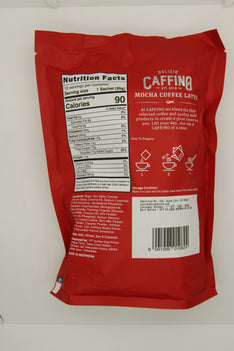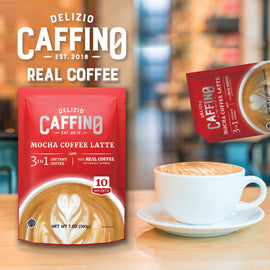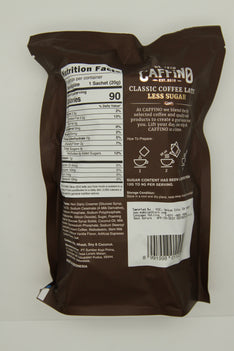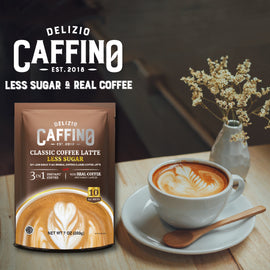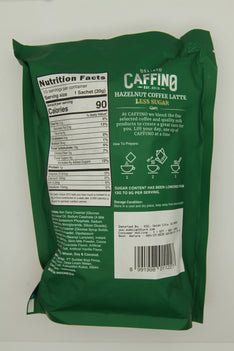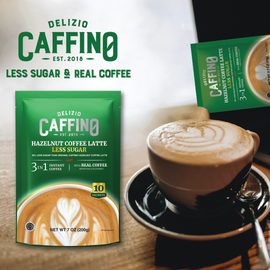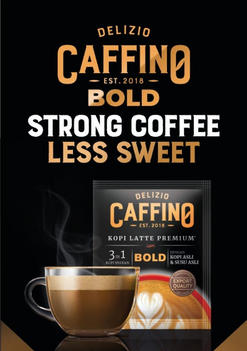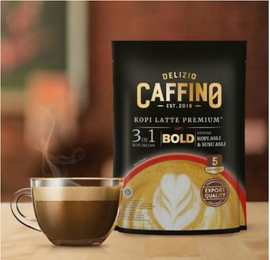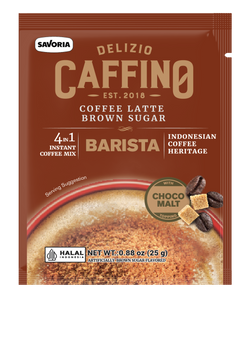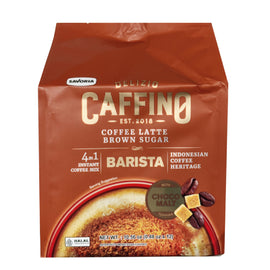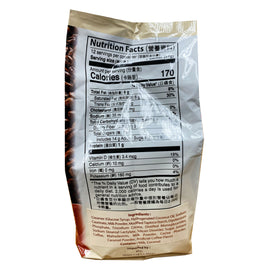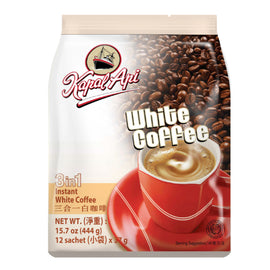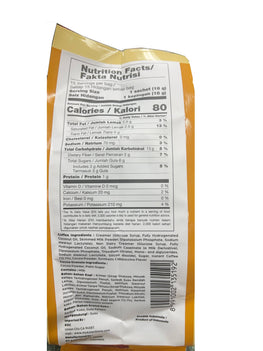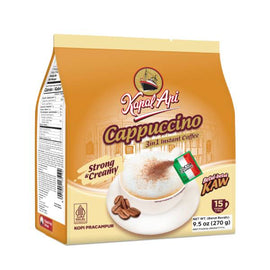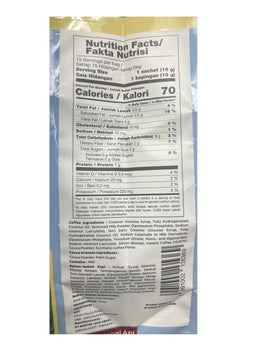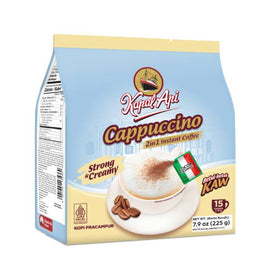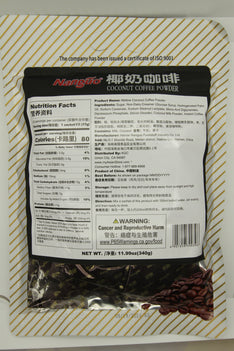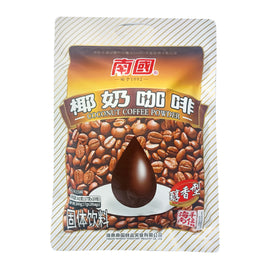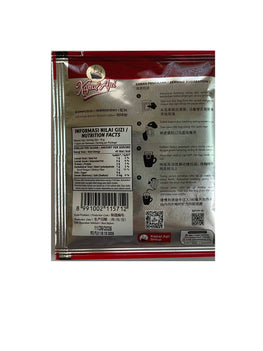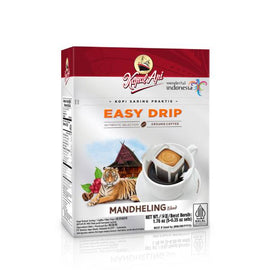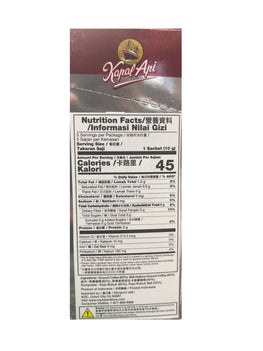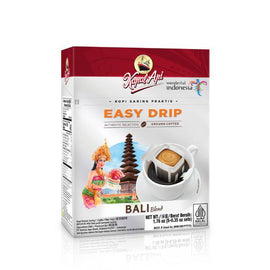Product successfully added to your shopping cart

Coffee
More Than Just a Dark Brew: Your Guide to the World in Your Coffee Cup
You stand in front of a dazzling coffee menu, past the simple "light" or "dark" roast, and see names like Ethiopia Yirgacheffe, Sumatra Mandheling, and Guatemala Antigua. They sound exotic, but what do they actually mean? Is it just marketing, or does where a coffee is grown really change the way it tastes?
The answer is a resounding yes. Just like wine grapes, coffee beans have a "terroir"—a French term for the unique combination of soil, climate, and altitude where they’re grown. This means the continent, country, and even the specific farm your coffee comes from will tell you a story before you even take your first sip.
Let's embark on a flavorful tour of the world's major coffee-growing regions.
The Birthplace: Africa
Think of African coffees as the bright, complex, and wild side of the coffee spectrum. This is where coffee was first discovered, and the region continues to produce some of the most sought-after beans in the world.
-
Ethiopia: This is the motherland of coffee. Ethiopian beans are often described as floral, tea-like, and bursting with fruity or berry-like notes. You might taste blueberry, jasmine, or citrus. It’s a far cry from the "burnt" taste many associate with cheap coffee.
-
What to Try: Yirgacheffe (bright & lemony) or Sidamo (berry & wine-like).
-
-
Kenya: Kenyan coffees are known for their structure and bold, vibrant flavors. They often have a bright acidity, with notes of black currant, tomato, and sometimes even a savory quality. They are complex and make a fantastic single-origin pour-over.
-
What to Try: Look for beans from the Kenyan AA grading, known for their large size and intense flavor.
-
Taste Profile of Africa: Bright, Wine-like, Fruity, Complex.
The Balanced Classics: Latin America
When most Americans think of "good coffee," they're often picturing the balanced and approachable profiles from Latin America. These coffees are the reliable, crowd-pleasing all-stars.
-
Colombia: Thanks to a famous fictional farmer, this is one of the most recognizable coffee origins. Colombian coffee is famously well-balanced, with a medium body, and notes of nuts, caramel, and a subtle, sweet citrus acidity. It’s smooth, versatile, and a great starting point for exploration.
-
What to Try: Almost any Colombian is a safe bet, but look for specific regions like Huila for more nuance.
-
-
Brazil: As the world's largest coffee producer, Brazil is the backbone of many classic espresso blends. Brazilian coffees tend to be low in acidity, with a heavy body, and dominant flavors of chocolate, nuts (especially peanut), and a sweet, caramelized taste. They are your go-to for a smooth, non-bitter cup.
-
What to Try: A Brazilian Santos makes a fantastic, easy-drinking daily coffee.
-
-
Guatemala & Costa Rica: These Central American gems often offer a "clean" cup profile. Think crisp acidity, a light-to-medium body, and flavors ranging from honey and cocoa to bright citrus and stone fruits. They are like a refreshing, high-quality soda compared to a flat one.
-
What to Try: Guatemala Antigua (chocolate & spice) or Costa Rica Tarrazú (bright & clean).
-
Taste Profile of Latin America: Balanced, Nutty, Chocolatey, Clean.
The Bold & Earthy: Asia-Pacific
If you love a coffee that feels like a heavyweight champion in your mug, look to the Asia-Pacific region. These coffees are often the foundation for dark roasts and espresso blends, prized for their body and unique, earthy character.
-
Sumatra (Indonesia): Sumatran coffees are unmistakable. They have a full, syrupy body, very low acidity, and deep, earthy, and herbal flavors. You might detect notes of cedar, dark chocolate, and even a touch of spice. The unique "wet-hulled" processing method gives them their signature funky, complex profile.
-
What to Try: Sumatra Mandheling or Gayo.
-
-
Papua New Guinea: Straddling the line between earthy and fruity, coffees from PNG can offer the body of a Sumatran with some of the bright, fruity acidity of an African coffee. It’s a fascinating and often overlooked origin.
-
What to Try: A great alternative if you find Sumatra too earthy but Latin America too bright.
-
Taste Profile of Asia-Pacific: Earthy, Full-Bodied, Syrupy, Spicy.
How to Start Your Own Tasting Journey
You don't need to be a professional "cupper" to explore these flavors. Here’s how to start at home:
-
Buy Whole Bean: Pre-ground coffee loses its nuanced flavors fast. A simple grinder is the best investment you can make for better coffee.
-
Read the Bag: Look for the country of origin. Many roasters now also include tasting notes (e.g., "tastes of milk chocolate and cherry").
-
Brew Simply: A French Press or Pour-Over cone allows the coffee's natural flavors to shine better than a traditional drip machine.
-
Taste Mindfully: Before adding milk or sugar, take a sip. What do you feel? Is it bright and tangy? Smooth and heavy? What does it remind you of? There are no wrong answers!
The world of coffee is vast and wonderfully diverse. By paying attention to the origin, you're not just buying a caffeine fix—you're buying a ticket to a specific corner of the world, with a taste as unique as its landscape. So next time you’re at the café or roaster, be bold. Skip your usual order and take a trip to Ethiopia, Brazil, or Sumatra. Your taste buds will thank you.

